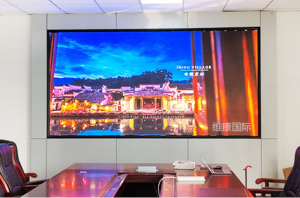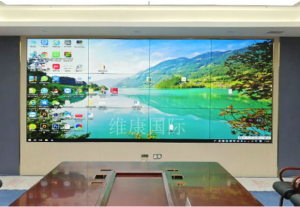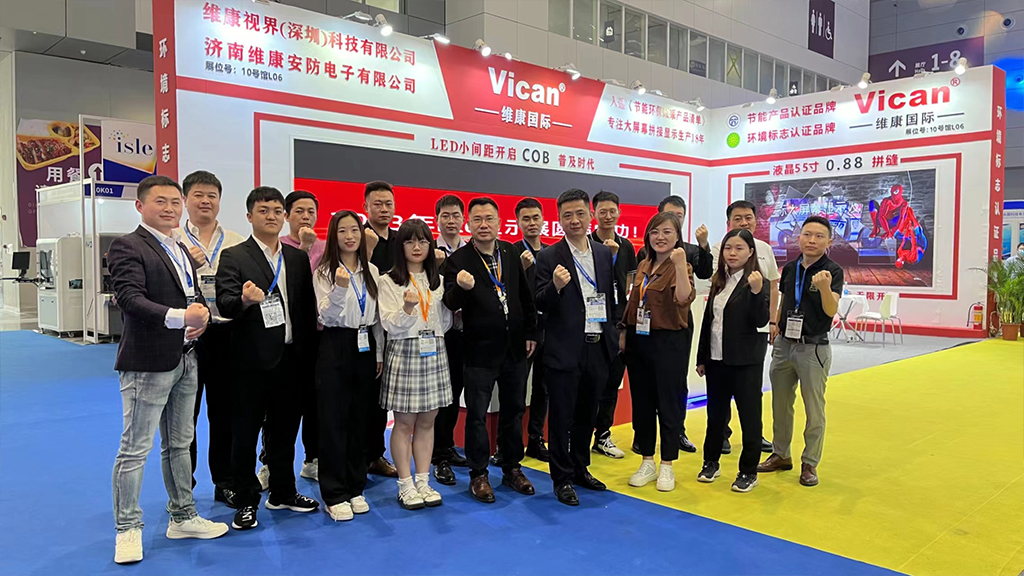Nowadays, large screens have become standard equipment in meeting rooms. When it comes to choosing a display for meeting rooms, traditional projectors were common, but with the advancement of LCD and LED technologies, LED displays and LCD video walls have become popular for their high-definition advantages.
We believe that LED displays or LCD video walls are better suited for meeting room large screens. LED displays have a higher utilization rate and offer superior display quality. Let’s delve into which one is more suitable for a company’s meeting room:



– *Appearance:* LED displays have a sleek appearance with no visible seams, providing a smooth and visually appealing effect, especially beneficial for meeting room settings.
– *Brightness and Color Performance:* LED displays offer adjustable brightness to meet varying lighting conditions. They have higher contrast and richer colors, providing excellent color reproduction.
– *Size:* LED displays are modular and can be seamlessly assembled, allowing flexible sizing according to meeting room requirements. For small to medium-sized rooms (around 40 square meters), a 150-inch LED display may suffice, while larger rooms may require 200 inches or more.
– *Clarity:* LCD video walls offer higher resolution, ensuring clear content visibility from a distance. The overall screen clarity is superior, making it suitable for detailed presentations in meetings.
– *Brightness:* The brightness of LCD video walls is fixed, reducing eye strain during prolonged use in meeting rooms. The colors are rich, soft, and detailed, enhancing the display of videos.
– *Seam Issues:* LCD video walls may have visible seams (bezels) between adjacent screens, presenting a potential drawback despite the small seam sizes (ranging from 0.88mm to 3.5mm).
In conclusion, choosing LED displays is generally more suitable for meeting rooms due to their advantages in appearance, brightness, and color performance. However, for smaller meeting rooms, LCD video walls with their high clarity and moderate brightness could still be considered. The choice ultimately depends on specific requirements, viewing distances, and other objective factors.



